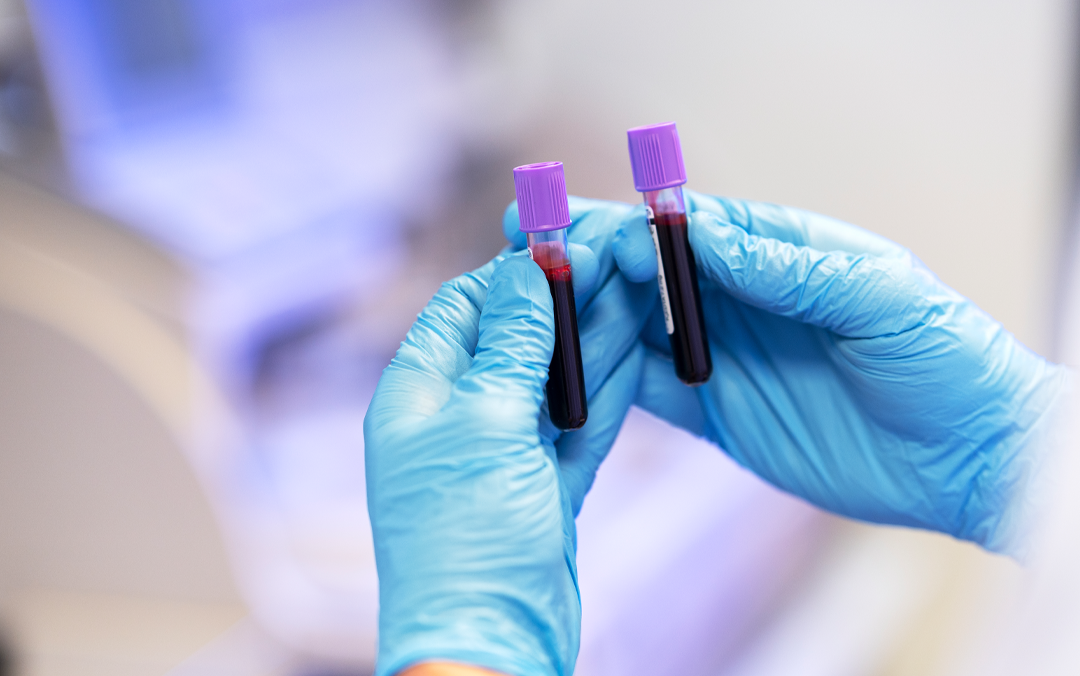

BENIGN HEMATOLOGY: THROMBOSIS, HEMOSTASIS, AND WOMEN'S UNIQUE STRUGGLES WITH EXCESSIVE BLEEDING

Introduction
Benign hematology is the branch of medicine dedicated to non-cancerous blood-related disorders, and it plays a vital role in understanding and addressing the multifaceted challenges faced by women, particularly when excessive bleeding gives rise to hematological issues. In this exploration, we will delve into the intricacies of benign hematology, shedding light on thrombosis, hemostasis, and the unique struggles that women confront when heavy bleeding becomes a hemato-related concern.
Demystifying Thrombosis
Thrombosis involves the formation of blood clots or thrombi within blood vessels. These clots have the potential to disrupt the natural flow of blood and, when dislodged, can trigger severe health complications. Our bodies naturally engage in thrombosis to prevent excessive bleeding when vessels are injured. However, when the balance goes wrong, thrombosis can lead to a host of issues.
Thrombosis comes in various forms, with deep vein thrombosis (DVT) and pulmonary embolism (PE) being the most recognizable. DVT occurs when clots develop in the deep veins of the legs, while PE emerges when these malignant intruders travel to the lungs, posing a life-threatening threat. Genetic predisposition, extended periods of immobility, surgery, and specific medical conditions can all contribute to the development of thrombosis.
Cracking the Code of Hemostasis
Hemostasis, the mechanism that maintains the delicate equilibrium of blood flow, is akin to a ballet of molecular players within our blood vessels. It involves the coordination of platelets, coagulation factors, and the endothelium, the inner lining of the blood vessels. Together, they orchestrate a symphony of clotting and anti-clotting responses that ensure our bodies can both prevent excessive bleeding and avoid unnecessary clot formation.
Picture platelets provide a rapid response, upon an injury, swiftly form a plug to stem the bleeding. Following it, the coagulation takes over and forms a stable blood clot.
Struggles of Excessive Bleeding in Women
Excessive bleeding, or menorrhagia, is a prevalent concern among women, often synchronized with the rhythm of their monthly cycles. While a degree of bleeding during menstruation is entirely normal, some women experience heavy bleeding posing many health challenges.
Menorrhagia can be triggered by a variety of factors, including:
Uterine Fibroids: Non-cancerous growths within the uterus that contribute to heavy menstrual bleeding.
Adenomyosis: A condition where the uterine lining infiltrates the uterine wall, resulting in painful and heavy periods.
Blood Disorders: Some women may have underlying blood disorders like platelet function disorders, which can be the underlying cause of heavy bleeding.
Hormonal Imbalance: Hormonal irregularities, such as polycystic ovary syndrome (PCOS), can lead to irregular and heavy menstrual periods.
Certain Medications: Medications such as anticoagulants or anti-inflammatory drugs may exacerbate menstrual bleeding.
Navigating Benign Hematology in Women's Health
Benign hematology needs the holistic understanding and management of non-malignant hematological issues. It involves evaluations, comprising blood tests, imaging studies, and, on occasion, endometrial biopsies, to uncover the root causes of menorrhagia.
Treatment and management options are tailored to each unique case and may include:
Medications: Depending on the underlying cause, healthcare providers may prescribe hormonal therapies, nonsteroidal anti-inflammatory drugs (NSAIDs), and antifibrinolytic agents to control heavy menstrual bleeding.
Minimally Invasive Procedures: Techniques like endometrial ablation offer a non-surgical approach to reduce heavy bleeding.
Surgical Interventions: In cases where non-invasive methods prove insufficient, surgical procedures, such as myomectomy to remove uterine fibroids, may be recommended.
Lifestyle Adjustments: Encouraging a healthy lifestyle that encompasses regular exercise and a balanced diet can provide overall health support and assist in the management of menorrhagia.
Conclusion
Benign hematology unveils non-malignant blood-related conditions, offering hope for those suffering from thrombosis, hemostasis, and the unique struggles of excessive bleeding, particularly in women. It is a discipline committed to ensuring that each individual, regardless of gender, has the opportunity to lead a healthy, fulfilling life.














